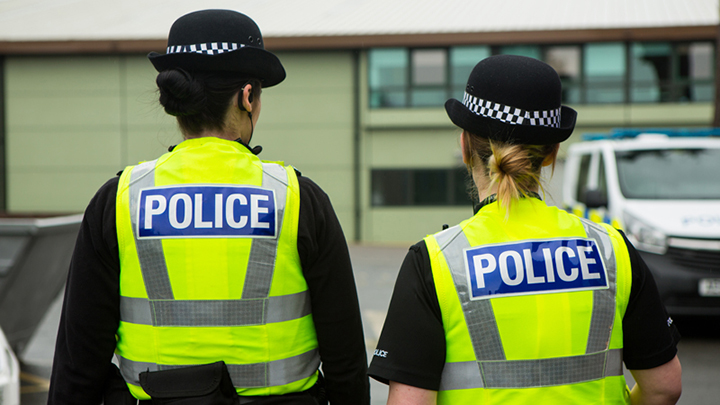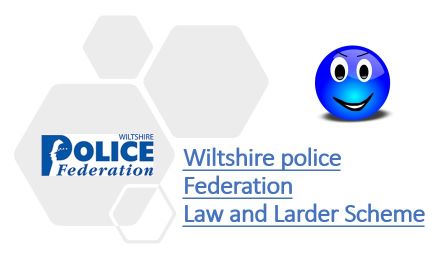More police officers will be recruited in Wiltshire next year but people should not expect to see dozens of extra officers on the beat.
That was the message from Chief Constable Kier Pritchard to councillors from Swindon and Wiltshire councils on the police and crime panel.
It follows the government's pledge to fund 20,000 extra police officers nationwide over the next three years.
Mr Pritchard said: “By March 2020 we will have 16 more officers, as part of the first tranche of the new 20,000 which will bring out total headcount to 1,041 from just over 1,000 at the moment, as they are added to more we recruited last year.
“By March 2021 that number should be up to 1,074.”
But the chief constable warned that recruiting large numbers of officers and having them ready for work was not at all easy.
He said: “If we want 20,000 more officers than we have now in three years three years time, then we have to recruit about 50,000 more, because of people retiring.
“The attrition rate of recruitment and training means that to have that many more officers, we need to get 500,000 applications in the next three years, across the country, and that’s not going to be easy at all.”
Mr Pritchard said getting someone to sign on was just the first part. “It takes about seven months between joining and being able to operate independently," he said.
“We do have a communications challenge in managing the public expectations that there will be 20,000 more officers on the streets immediately and the problem is solved. It’s very far from the case.”
Mr Pritchard said he expected Wiltshire Police would still have to make cost savings in the coming year. He added: “Officers are ringfenced, so those savings cannot be made by a lower officer headcount. That means modernisation will no longer be a priority.”
He did confirm new officers would be deployed in community policing roles. Having said he wanted to to rebalance the force between reacting to calls and visible community policing, he told Wiltshire councillor Jonathon Seed: “They will be going to community police roles. People are reassured by the high-profile presence of a uniformed officer.”
















